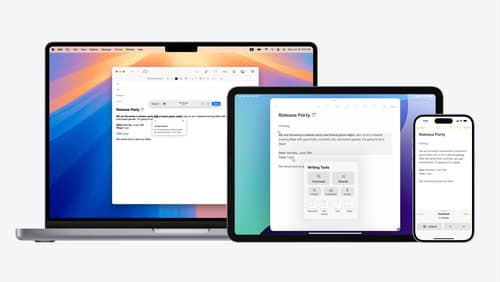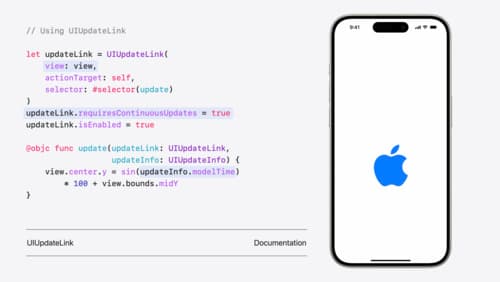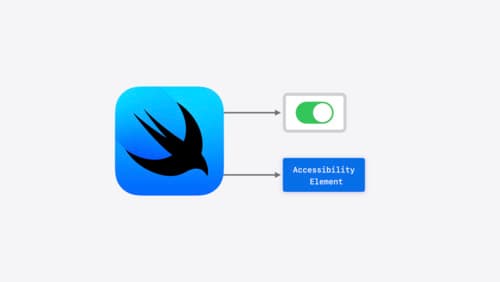updateTraitsIfNeeded
Asked on 2025-04-07
1 search
The updateTraitsIfNeeded function is not explicitly mentioned in the provided context. However, the context does discuss updates to the trait system in UIKit, particularly in iOS 18. The trait system in UIKit now supports automatic trait tracking, which simplifies handling changes in traits by automatically performing invalidations like setNeedsLayout or setNeedsDisplay when traits change. This feature is always active within support update methods, making it easier to manage trait changes without manual registration.
For more details on this topic, you can refer to the session What’s new in UIKit (06:02).

Get started with Writing Tools
Learn how Writing Tools help users proofread, rewrite, and transform text in your app. Get the details on how Writing Tools interact with your app so users can refine what they have written in any text view. Understand how text is retrieved and processed, and how to support Writing Tools in custom text views.

What’s new in UIKit
Explore everything new in UIKit, including tab and document launch experiences, transitions, and text and input changes. We’ll also discuss better-than-ever interoperability between UIKit and SwiftUI animations and gestures, as well as general improvements throughout UIKit.

Catch up on accessibility in SwiftUI
SwiftUI makes it easy to build amazing experiences that are accessible to everyone. We’ll discover how assistive technologies understand and navigate your app through the rich accessibility elements provided by SwiftUI. We’ll also discuss how you can further customize these experiences by providing more information about your app’s content and interactions by using accessibility modifiers.
